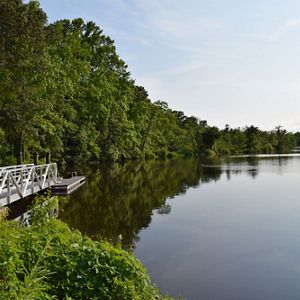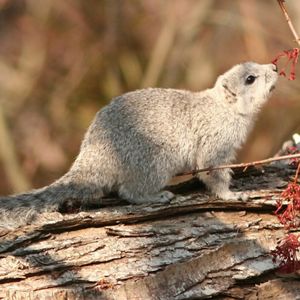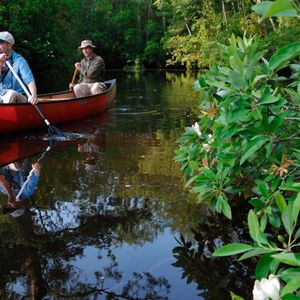Description
Named for the Native and Indigenous peoples who inhabit the region, the Nanticoke River represents one of the Chesapeake Bay’s most productive tributaries. The surrounding 725,000-acre watershed supports a rich array of wildlife, including more rare plants than any other landscape on the Delmarva Peninsula.
Over the years, The Nature Conservancy and our partners have protected an estimated 20% of the Nanticoke River watershed, including here in southern Delaware at Middleford North Preserve. Located just upstream from Seaford, the preserve hugs a portion of Gravelly Branch, a last undisturbed portion of the Nanticoke River watershed that hasn’t been channelized or dredged. It’s a place that retains the river’s wild and scenic character in the face of burgeoning development.









